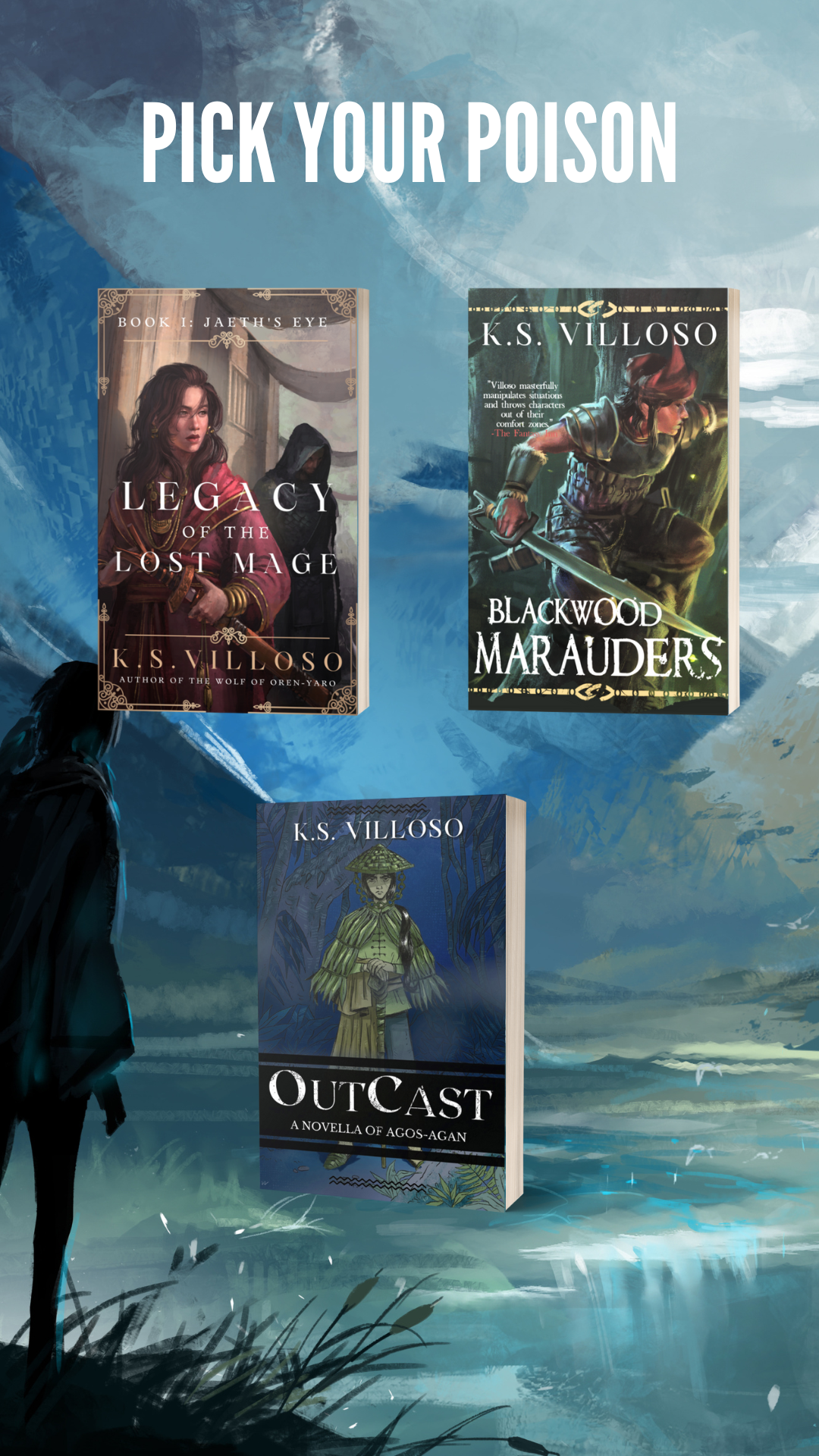I‘m reading two novels at the moment: The Sun Also Rises by Ernest Hemingway, and The Shadow of the Torturer by Gene Wolfe.
It’s interesting to be reading these two books at once. One, because of Hemingway’s sparse prose, contrasted against this passage in Wolfe’s novel (written well over half a century later). It begins with:
“I am not certain it is right to record these scenes, which are important only to me, in so much detail. I might easily have condensed everything…”
And continues on with an example of an in -world myth which could have multiple interpretations, simply because of what was “shown.”
Fantasy is a genre rife with exposition, and I’ve made it a point to rant about this on occasion. I normally despise exposition. I understand a certain amount is necessary to explain in-world mechanics, and I’ve had to resort to it myself at times, but I know it comes at a price: that of removing the magic, the immersion. If any time I read a fantasy novel that tells me something I want to experience myself, I’m likely to throw it against the wall in frustration.
The balance between show and tell is always tricky. It is extremely tricky in fantasy especially because of genre expectations. Because this is not the real world so to speak, many readers generally want to know the rules early on. Which makes it easy to fall into the side of over-explanations. I’ve read fantasy novels that feel like textbooks, with an over-emphasis on magical systems and worldbuilding. I’ve also read fantasy novels that read like office harassment policy skits, where I can’t be made to care about the characters because even the things I enjoy like emotion and interactions are over-explained and under-developed.
During today’s editing, for example, I threw out several paragraphs of “telling” which to me were phrased well, but was maybe too blunt. Every scene I write has a purpose, but if I’m overstating the purpose, then I’m robbing the reader of the pleasure of discovering things for themselves and coming to their own conclusions. One of the things I enjoy the most about hearing people talk about my work is how different the interpretations can be. In Annals of the Bitch Queen, the wayward Prince Rayyel is both hated…and admired. One group see a selfish, arrogant tyrant who would dare abandon wife and child, the other sees an honest, if flawed man who sticks to his principles. Enosh in The Agartes Epilogues have had similar, albeit more amused, reactions. And Talyien? Just one quick glance at the reviews would give you the array of opinions about her, ranging from sympathy to rage.
And none of these opinions are better than the others. There are no “right” answers. What I try is to stick true to the characters, to portray their arcs with sincerity, and then to leave it there. I’ve been criticized for too much subtlety, but I rather like subtlety–it provides breathing room. How can one explore, grow, and discover within a choking narrative? If I tell you everything now, within the one or two hours you’ve designated for your reading time, why even bother writing a novel (or three, as the case usually is in this genre)? I can just write a summary.
There you have it, just one of my many, many thoughts about showing as a storytelling technique.

